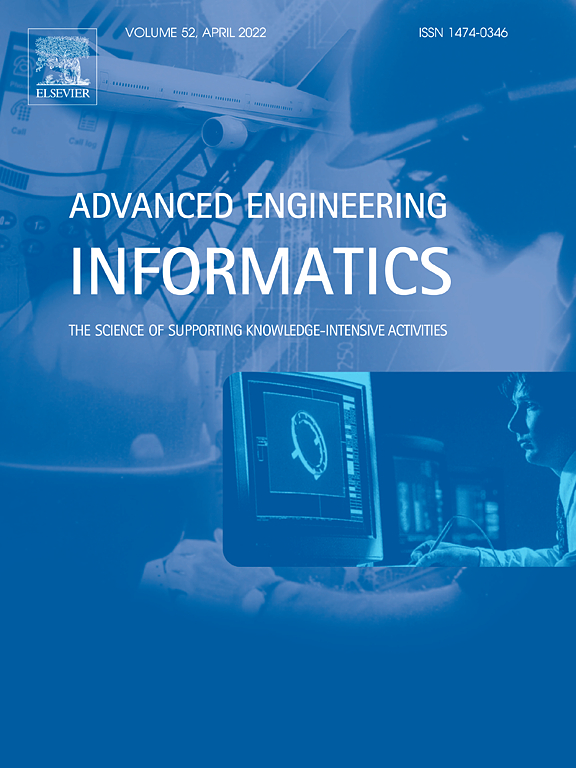Research paper is accepted by Advanced Engineering Informatics.
Title: Towards safe and collaborative aerodrome operations: Assessing shared situational awareness for adverse weather detection with EEG-enabled Bayesian neural networks
Authors: Cho Yin Yiu, Kam K.H. Ng, Xinyu Li, Xiaoge Zhang, Qinbiao Li, Hok Sam Lam, Man Ho Chong
Abstract: Teams formulated by aviation professionals are essential in maintaining a safe and efficient aerodrome environment. Nonetheless, the shared situational awareness between the flight crews under adverse weather conditions might be impaired. This research aims to evaluate the impact of a proposed enhancement in communication protocol on cognitive workload and develop a human-centred classification model to identify hazardous meteorological conditions. Thirty groups of subjects completed four post-landing taxiing tasks under two visibility conditions (CAVOK/CAT IIIA) while two different communication protocols (presence/absence of turning direction information) were adopted by the air traffic control officer (ATCOs). Electroencephalography (EEG) and the NASA Task Load Index were respectively used to reflect the pilot’s mental state and to evaluate the pilot’s mental workload subjectively. Results indicated that impaired visibility increases the subjective workload significantly, while the inclusion of turning direction information in the ATCO’s instruction would not significantly intensify their cognitive workload. Mutual information was used to quantitatively assess the shared situational awareness between the pilot flying and the pilot monitoring. Finally, this research proposes a humancentred approach to identify potentially hazardous weather conditions from EEG power spectral densities with Bayesian neural networks (BNN). The classification model has outperformed other baseline algorithms with an accuracy of 66.5%, an F1 score of 61.4%, and an area under the ROC of 0.749. Using the concept of explainable AI with Shapley Additive Explanations (SHAP) values, the exploration of latent mental patterns formulates novel knowledge to gain insights into the vital physiological indicators of the pilots in response to different scenarios from the BNN model. In the long term, the model facilitates the decision regarding the necessity of providing automation and decision-making aids to pilots.




